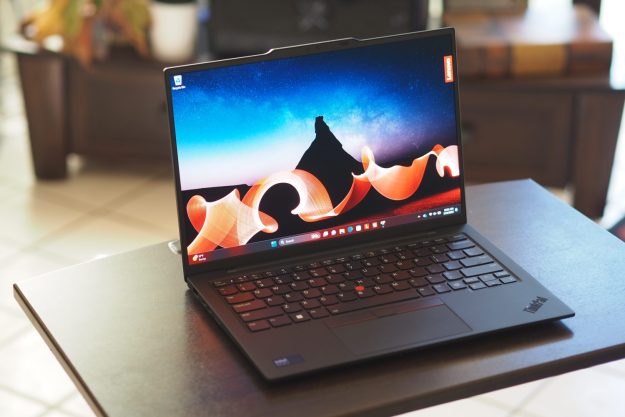
The imminent battle between man and machine took a perilous leap closer this week thanks to a cabal of computer scientists, who have created the first working microchip based off of the human brain, reports VentureBeat. Announced today, the experimental computer chip, known as SyNAPSE, is the work of IBM and four universities, as well as the Pentagon’s Defense Advanced Research Projects Agency (DARPA).
Unlike standard microchips, the ultra-sophisticated SyNAPSE chip processes information much in the same way the human brain does. The chip could one day be used to perform many functions capable in the human brain, things like the ability to perceive surroundings, interact with others or fall in love. (OK, we made the last one up.)
Leading the SyNAPSE project is one Dharmendra Modha, the chief investigator of the DARPA project and a researcher at IMB Almaden Research Center in San Jose, California. Because of his leadership role in the project, he’s also likely the person who will be chased with pitchforks and torches by angry hoards when the robots eventually turn on us. The universities responsible in the project are Cornell, the University of Wisconsin, Columbia University, and University of California at Merced.
“This is the seed for a new generation of computers, using a combination of supercomputing, neuroscience, and nanotechnology,” Modha said in an interview with VentureBeat. ”The computers we have today are more like calculators. We want to make something like the brain. It is a sharp departure from the past.”
First announced in 2008, the SyNAPSE project is only a fraction of the way towards its goal, but the team has already made significant progress. As of now, they have built a brain-like chip with 256 neurons, 262,144 synapses and 256 axons. For comparison, an actual human brain has around 1 billion neurons and 10 trillion synapses. The team hopes to expand upon the core unit, which consists of a processor, memory and communications components, to build an entirely new type of computer that contains 10 billion neurons and 100 trillion synapses — 10 times the computing power of a human brain.
In phase two of the project, Modha’s team plans to build a computer system based upon the SyNAPSE chip. As VentureBeat‘s Dean Takahashi writes, “The goal is to create a computer that not only analyzes complex information from multiple senses at once, but also dynamically rewires itself as it interacts with the environment, learning from what happens around it.”
Yeah, it’s that bad.
Modha says that these new types of “neurosynaptic” computers will likely work along side standard computers, which are particularly good for things like solving complex math problems and winning Jeopardy, but not so good at mimicking the interactive and learning abilities of humans.
The SyNAPSE project is still quite a long way from getting to the point where we should also start to worry about robot overlords — but if you ask us, that day is not nearly far enough.
[Image via Jimmi/Shutterstock]


